The sale of Anglo American’s 85% stake in De Beers is turning out to be one of the most interesting – and weird – efforts in the history of a very extraordinary industry.
When you look at it coldly, from Anglo’s point of view, the sale makes absolute sense. De Beers’ earnings have collapsed since the 2021 post-Covid luxury boom, dropping from a pre-tax basis of $1.1bn in 2021 to $300m in 2024. For the first half of 2025, it made a loss of $189m.
In this time, the whole nature of the industry has changed for the worse; Lab-grown diamonds are now 10%–15% of the global jewellery market and rising, and they cost anything between 30% to 90% less than the natural variety. Inventory gluts have forced De Beers to cut rough-diamond sales and prices by 20%–25%, and to make it worse, the world’s biggest mines in Botswana and South Africa need lots of investment – just when Anglo needs cash for its copper push.
And then there’s the fact that any bidder for the asset would have to take into account that its whole business is pretty dependent on the Botswana government’s licensing regime, complicated by the fact that Botswana is itself a bidder.
With all that on the go, you might imagine that Anglo would be having terrible trouble finding any buyers at all. Not so. They are lining up out the door. Welcome to the weird wild world of the diamond industry.
At the moment, Currency understands there to be at least eight reported or confirmed bidders, and this odd list gained another member last week when, of all organisations, the Angolan state diamond company Endiama threw its hat into the ring. What’s going on here?
A fabulous bargain?
Well, in short, the bidders are betting on four things. First, they smell a bargain. Technically speaking, by historical standards, De Beers is not just a bargain but a fabulous bargain.
Anglo, in yet another example of its vexing habit over the past few decades of buying high and selling low, bought 40% of De Beers from the Oppenheimer family for $5.1bn in 2011. That was already a technical discount from the point at which the Oppenheimer family increased their stake in 2001, which was valued in total at around $7bn for the abovementioned 40%.
Now, the book value of De Beers might be currently set by Anglo at $4.9bn, but industry gossip is that Anglo is not going to get anything close to that. And that’s at least partly due to the fact that Anglo is something of a forced seller, because offloading De Beers was the price it said it would pay to maintain its independence following the BHP bid last year. But of course, it doesn’t need to be in any particular rush.
Second, De Beers might be losing money at the moment, but what’s not happening is that a whole bunch of new diamond mines are being established. De Beers did announce recently that it had discovered a kimberlite pipe in Angola in July this year with Endiama – a good sign – but that’s not a mine. At the time, De Beers noted it was the first new kimberlite field it had discovered in more than three decades.
Third, the lab-grown diamond sector is actually beginning to struggle, because these diamonds are fundamentally incompatible with the whole ethic of diamond buying which is about making someone feel special in the context of the most fervent of human emotions known colloquially as “love”. And diamond retailers are starting to downplay lab-grown diamond sales for the very simple reason that the amount they earn per carat of diamond sold is now very small, particularly as the price of lab-grown diamonds has dropped so dramatically.
And fourth, everybody knows that the key to the diamond industry is not just mining, it’s marketing. While the company was part of Anglo, it was competing for marketing investment in a somewhat strained capital environment in a mining house that likes to, you know, dig holes in the ground.
Part of the problem is that in the heyday of the diamond industry De Beers was more or less a cartel and controlled 80% of the world’s production. In these circumstances, De Beers could and did go nuts with its advertising and also, in truth, restrict supply when necessary. At this point, only a smallish proportion of diamond producers outside of De Beers were getting a free ride on the company’s grand marketing spend. All of the great diamond advertisements we know so well happened during this period, not by accident.
After the EU, in its infinite wisdom, curtailed De Beers’ ability to sell diamonds from Russia and elsewhere, De Beers is now producing and selling only about 35% of global production. That changes the whole marketing dynamic and means marketing diamonds would implicitly support a much larger proportion of the diamond industry external to it, so De Beers is understandably less inclined to do it. Why should your competitors get a free ride on your spend? Hence, De Beers has been encouraging the retail industry to take over at least some of the marketing spend for decades, and that has sort-of worked and sort-of hasn’t.
However, if De Beers were, say, to get a blockchain diamond identification system going (an idea now doing the rounds), so that diamond buyers could be certain they are buying a diamond from a certain mine which is ethically sourced and contributed to, say, Batswana kids going to school, it might be able to make a big marketing effort make sense.
It’s no accident that two of the most prospective bids come, reportedly at this point, from two former De Beers CEOs: Gareth Penny and Bruce Cleaver. The bids are spoken about in the same breath though they are not formally, at this point anyway, part of the same consortium; rather, they are parallel, overlapping, and possibly converging in investor composition and intent.
Middle East money
Anglo, I suspect, likes the idea of a “trusted insider” option versus state-owned or emerging-market buyers, and the industry chatter is that their backers may merge into a single bid if Anglo signals preference for an “experienced management” sale rather than a geopolitical one. Interestingly, there is increased speculation that Middle Eastern money is supporting the former CEOs bids, which would tie in with increasing interest from the region in African mining investment.
A crucial part of this process will be the government of Botswana, already a 15% shareholder in De Beers, which presumably would like to exercise resource sovereignty and maximise local beneficiation. But this is a hard choice for the country’s new government, which would have to win political support for the deal. Partly to hedge its bets a bit, the Botswana government has suggested it might want to increase its stake but not buy the whole of Anglo’s share.
Then there is Endiama. What would the advantage of that bid be? It’s a tough question; Endiama have historically not been particularly trustworthy or effective operators, although the company is trying to change that perception. Angola has been ramping up its diamond production recently, and actually now out-produces Botswana by value. This is a very fast changing picture; as recently as 2023, rough estimates suggested Botswana produced 25% of the world’s production and Angloa around 9% – now they are about equal.
From Angola’s point of view, it will mean participation in not only the broader diamond mining business, but also in the marketing of diamonds which the Botswana government has successfully been pressing De Beers to do inside the country for years. It also has the attraction of African ownership. But the Angolan bid is not for some of De Beers, but all of it. How will the Botswana government view Angolan ownership of its most valuable resource? Not very well, one suspects
The other potential bidders are the Australian company Burgundy Diamond Mines, whose chair Michael O’Keeffe is a former Glencore exec, which suggests he is someone always keen on striking a deal, and Vedanta Resources, which once had a big stake in Anglo. Vedanta chair Anil Agarwal has always been keen on Anglo’s assets, and there could be something to be said for a tighter relationship with the huge Indian polishing sector.
And that’s not even the whole list; you can’t rule out the big financial players like Blackstone or Temasek.
Such is the interest that analysts now expect a hybrid structure: Botswana + Angola + industry veteran consortium ≈ shared control, perhaps with Anglo retaining a small residual stake until a re-listing or IPO.
The irony is that De Beers – once the symbol of monopoly and colonial resource control – may end up owned jointly by African states and the very executives who once ran it. A kind of arc of circular redemption.
Top image: Getty
Sign up to Currency’s weekly newsletters to receive your own bulletin of weekday news and weekend treats. Register here.





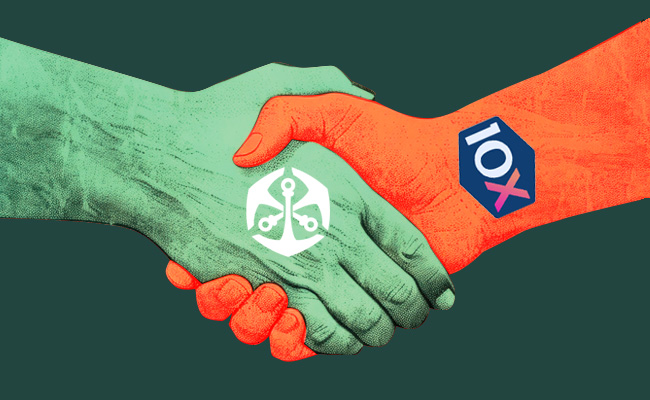

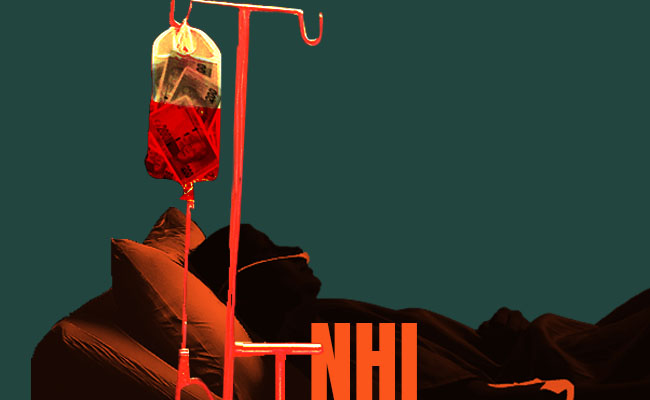
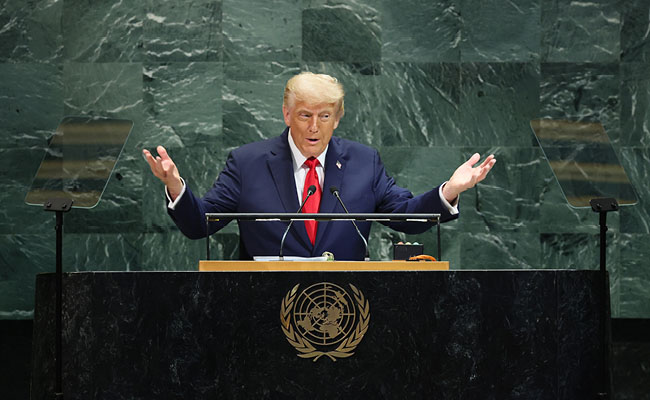
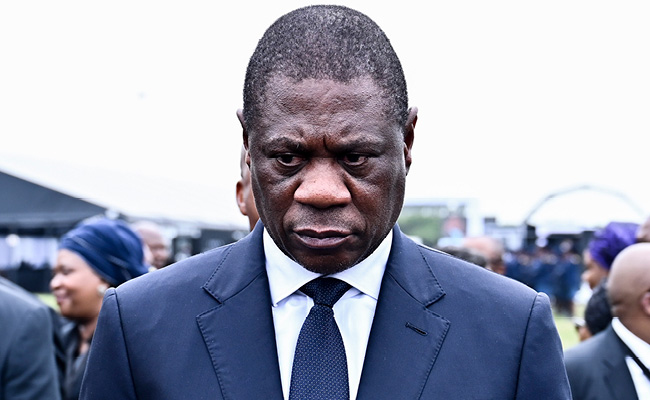
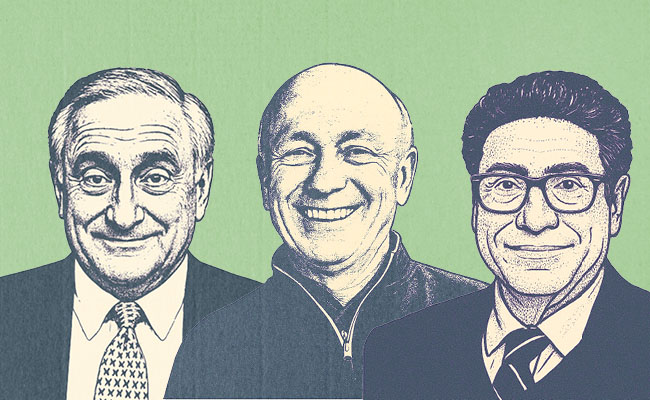




Clearly DeBeers ia a mining operation and not as some once mistakenly argued a luxury brand. In fact Anglo stated that the DeBeers brand had zero value in their books. To the public at large there is huge awareness that the word DeBeers is synonymous with diamonds but as any marketer worth his salt knows that is not enough,
Why does debeers not invest in the lab grown industry and start producing them?